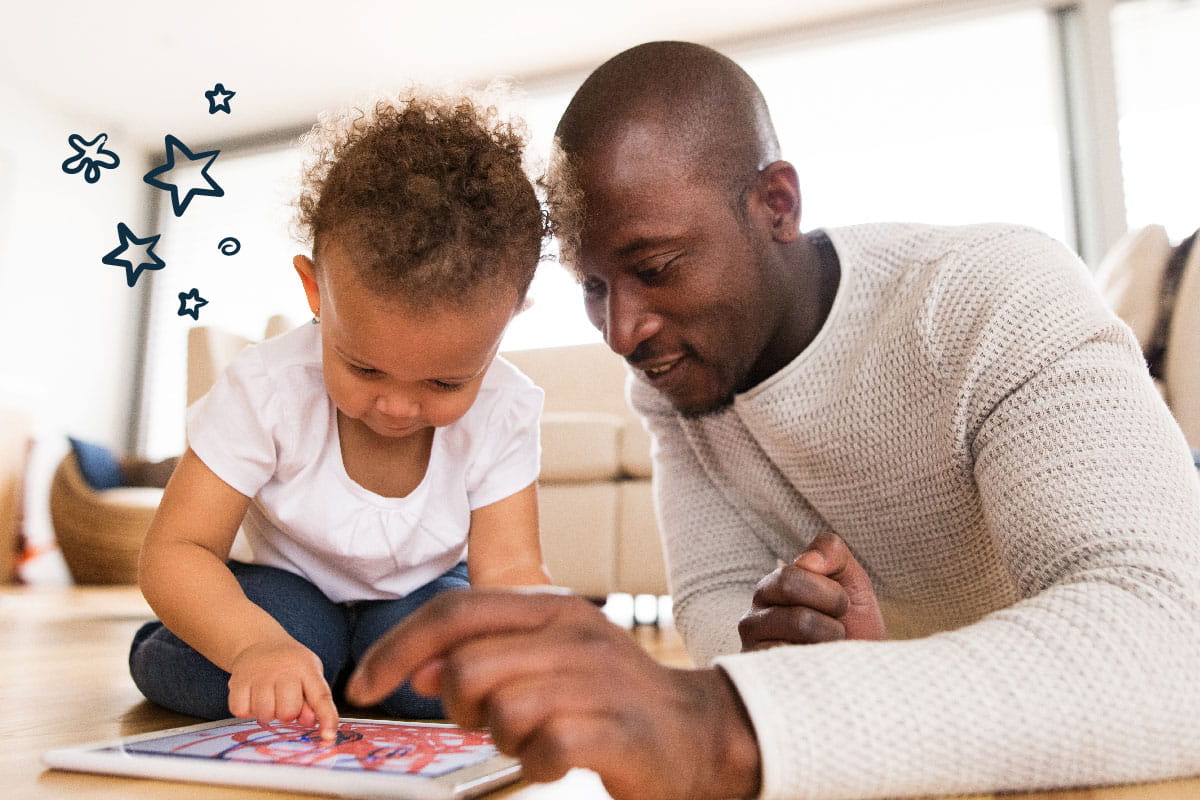Connecting Before Correcting Big Feelings

Picture this: It’s been a long hard day, but you’re finally home. You walk in the door and drop your bag in the middle of the floor, kick off your shoes, and head to the kitchen to find some food. As you’re walking, you hear your partner say in a stern voice: “Stop right there. Pick up your bag and put your shoes away before you do anything else. You know better.”
How would you feel? It’s probably safe to say that at best, your partner’s demands wouldn’t make you feel any better. Or worse—well, let’s just say things might escalate.
The same goes for kids! When they’re in the middle of big feelings and are met with “Stop!” or "don’t,” they will probably have the same response. Instead of jumping in right away and “correcting” their behaviors, try “connecting” with them first.
How to encourage good behavior by connecting with children
A simple way to encourage positive behaviors or responses is by naming an emotion and helping your child identify a coping strategy. For example, if your 4-year-old throws his blocks across the room after his sister knocks his tower down, try not to shout a demand. Instead of saying, “Calm down! Don’t throw blocks!” try acknowledging their emotion and asking them to evaluate the situation. “You look mad. What do you need?” Offer potential solutions, like getting a drink of water, a hug, or visiting his calming space.
Once your child has moved through their emotion, you can then revisit the moment and provide any needed correction by reminding them of safer, healthier ways to express their emotions. Think about how much more receptive you would feel to your partner’s feedback about your shoes and bag if they lead with “Looks like today was a tough one. Should we get you a drink and talk about it?”
By connecting with your child before correcting them, you’re:
- Putting yourself in the position to be their ally, someone who can help them navigate their emotions, rather than combatting them.
- Helping your child learn to name their emotions, which goes a long way in ultimately helping them to regulate their own feelings.
- Priming your child to be more receptive when you provide “correction,” by teaching them safer ways to regulate and express their emotions.
- Helping your child to identify and empathize with emotions in others so they can build stronger relationships and help those around them.
Emotions can be overwhelming for all of us. By connecting with your child before correcting them, you’ll help them develop the skills they’ll need to feel confident in their ability to manage big feelings.




.jpg?la=en&h=800&w=1200&hash=799F5BD6E84A71FB0D1C8E657FE7F226)
